Gallery: Majestic Tongass National Forest, threatened by political attack
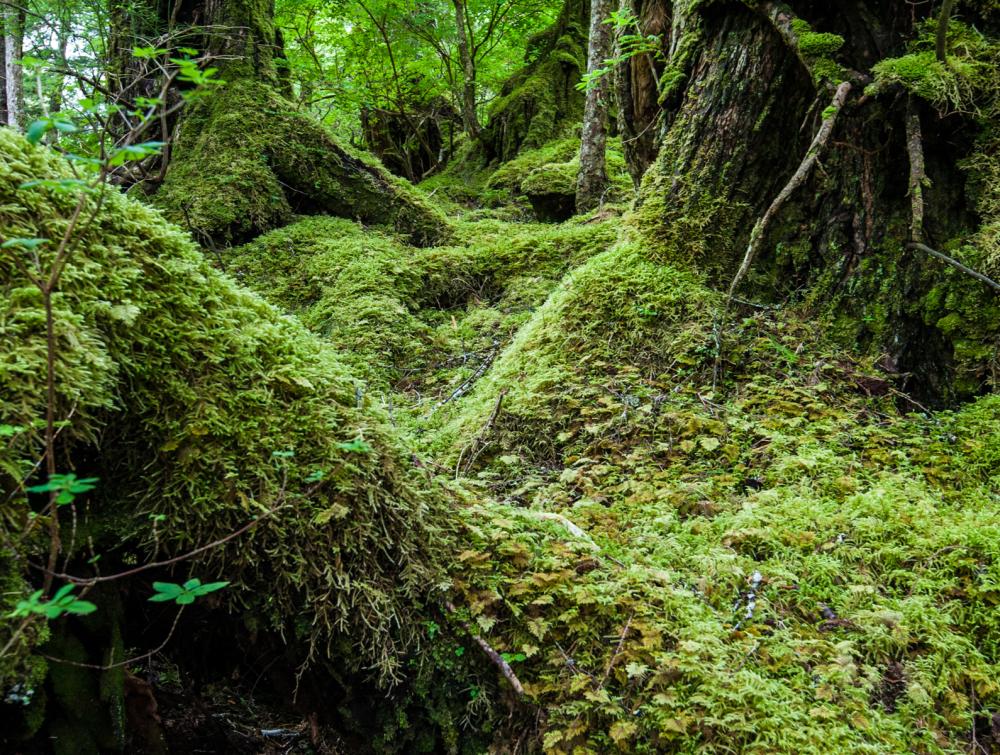
Tongass National Forest, Alaska
Nelson Guda
Legislative proposals would invite road construction and timber harvesting in some uniquely unsullied patches of forest.
A new, covert attack on national forests—and two forests in particular—would jeopardize the natural sanctity of some of the wildest places left on earth.
This offensive comes in the form of two obscure policy "riders"--provisions attached to a larger piece of legislation—introduced by Alaska Sen. Lisa Murkowski as part of the 2018 Senate Interior Appropriations bill.
The riders would exempt Alaska’s two national forests, the Tongass National Forest and Chugach National Forest, from the 2001 Roadless Area Conservation Rule (usually referred to as "the Roadless Rule").
In short, this would invite road construction, timber harvesting, mining and other development in some uniquely unsullied patches of forest—so-called "inventoried roadless areas." Such areas account for more than half of the Tongass and nearly all of the Chugach; to invite changes to them would be to fundamentally undermine enormous swaths of our wildest state.
It has taken well over a century of lawmaking and debate to arrive at a system that protects hundreds of millions of acres of national forests, balancing responsible timber harvest with rules that put some of the wildest places off-limits. Sen. Murkowski's proposals jeopardize that equity.
What's even worse, they could set a precedent of forest-by-forest or state-by-state exemptions to the Roadless Rule, leading to road construction in remote, wild forest areas across the U.S.
Tongass National Forest: an old-growth marvel
While efforts to carve exceptions out of the Roadless Rule have far-reaching implications, they most directly imperil the Tongass and Chugach.
The former, in particular, has long stood at the core of controversy over the proper role of national forests. As we defend these places from the depredations of industry, this singular landscape bears some examination (and admiration).
In 1902 and 1907, respectively, President Theodore Roosevelt signed proclamations declaring the two national forests that were later merged to become the Tongass. At that time, some of the landscape's towering trees were already centuries old.
Photos: America's great national forests
Besides possessing some of the America's oldest trees, the Tongass was (and is) is an enchanting and fertile land of water, woods and mist. Mostly made up of Sitka spruce, western hemlock and western red cedar, it accounts for nearly one-third of all the old-growth temperate rainforest left on earth, an unusually rich habitat type. About 5.7 million acres of the Tongass is protected as wilderness, including habitat for grizzly bears, moose, river otters, harbor seals, wolves and much more.
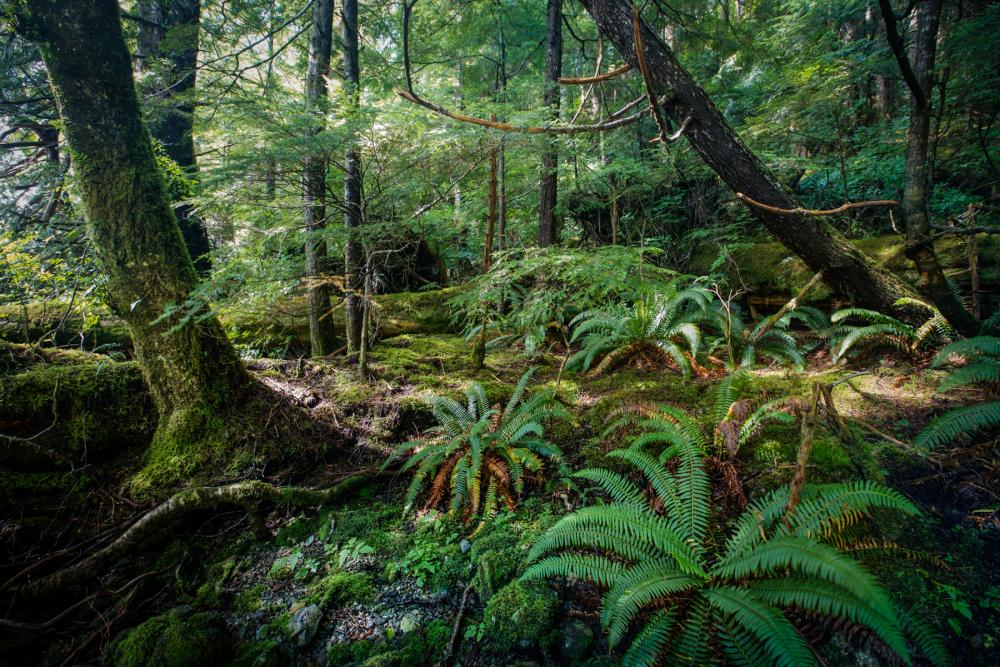
Tongass National Forest, one of the world’s last intact temperate rainforests.
Nelson Guda
Besides possessing some of the America's oldest trees, the Tongass was (and is) is an enchanting and fertile land of water, woods and mist. Mostly made up of Sitka spruce, western hemlock and western red cedar, it accounts for nearly one-third of all the old-growth temperate rainforest left on earth, an unusually rich habitat type. About 5.7 million acres of the Tongass is protected as wilderness, including habitat for grizzly bears, moose, river otters, harbor seals, wolves and much more.
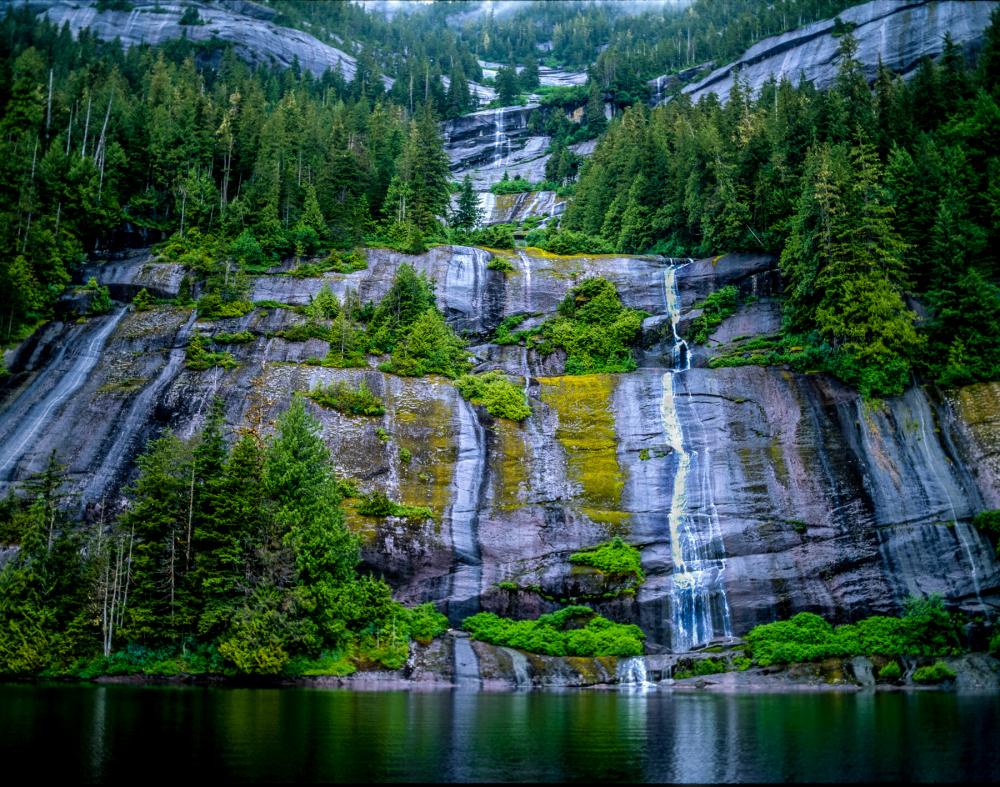
Tongass National Forest, Alaska
Howie Garber
Significantly, the waterways of Tongass National Forest produce a huge number of pink, sockeye, coho and king salmon that help sustain local fishing communities—some 80 percent of all commercial salmon harvested from Southeast Alaska--earning it the unofficial designation "America's Salmon Forest." A coalition of the same name has criticized Sen. Murkowski's riders for rolling back measures that protect more than 70 salmon and trout streams within the Tongass.
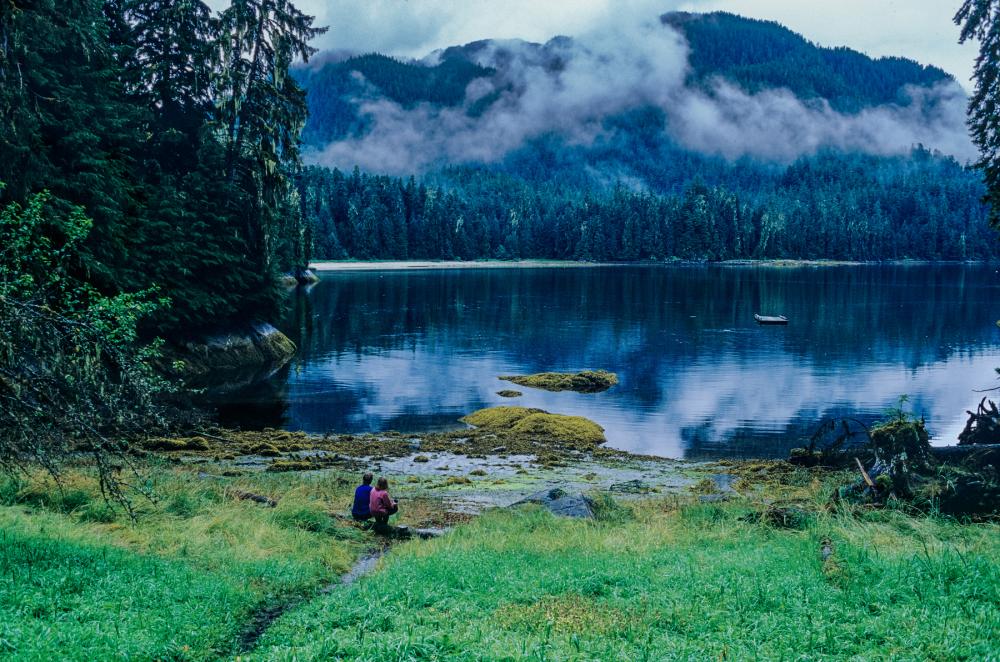
Tongass National Forest, Alaska
Howie Garber
In the 1950s, large-scale logging began to colonize ever larger sections of the Tongass. This practice intensified and expanded for decades, targeting the very old-growth trees that make the forest a cradle of biodiversity. The timber industry accounts for only about 1 percent of the region's jobs, yet is continually used to justify slashing environmental rules (including the Roadless Rule).
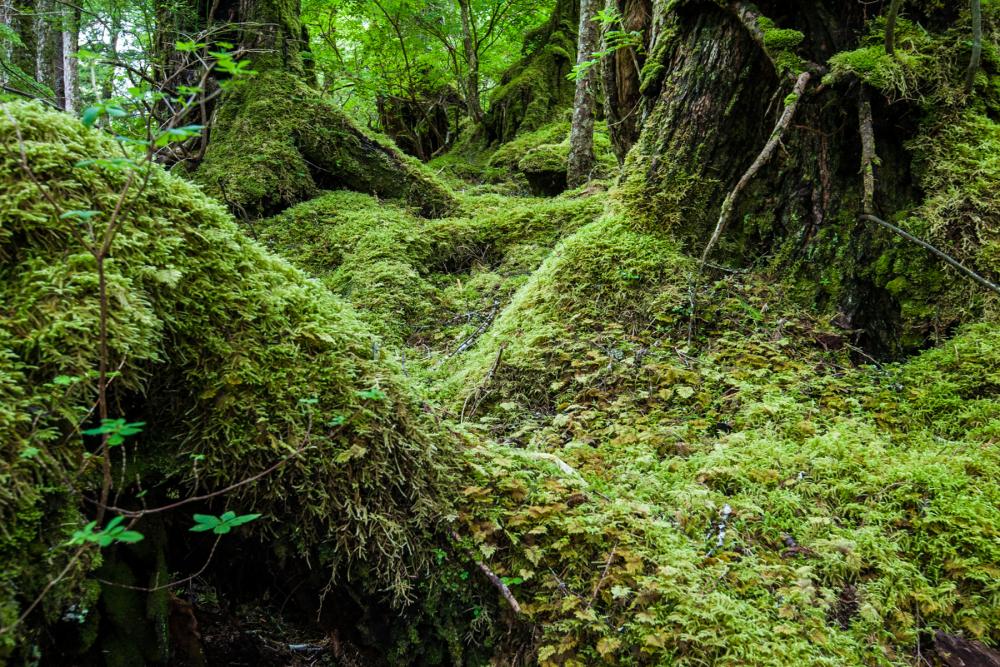
Tongass National Forest, Alaska
Nelson Guda
Analyses suggest logging of roadless areas in the Tongass National Forest would be grossly uneconomical, as the Tongass typically makes less than a dime for every taxpayer dollar spent on timber sales. Meanwhile, industrial-scale logging and road-building threaten the abundant wildlife and beautiful scenery essential to tourism in Southeast Alaska, an industry that contributes more than $1 billion to the region each year and accounts for 15 percent of the region's employment.
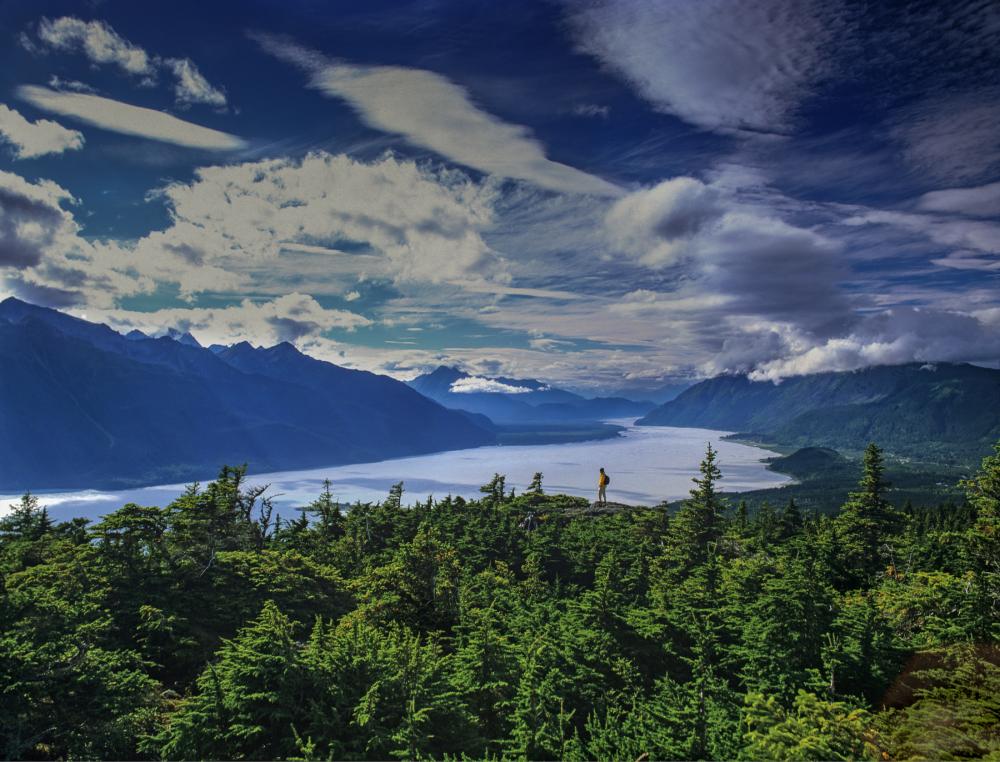
Landscapes like Tongass National Forest can demonstrate locally-driven conservation
Howie Garber
As we gear up to fight Sen. Murkowski's riders and other policies that would harm America's national forests, keep the Tongass in mind. Places like this are the inviolable, wild heart of our nation's conservation heritage, worth far more whole and alive than cut to pieces.
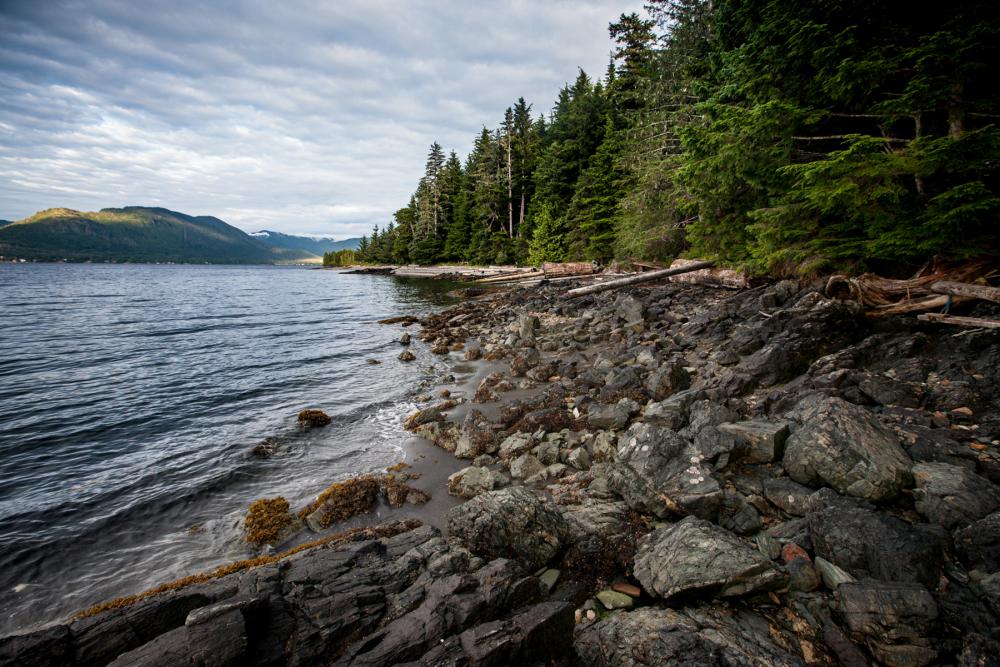
Tongass National Forest, Alaska
Nelson Guda
